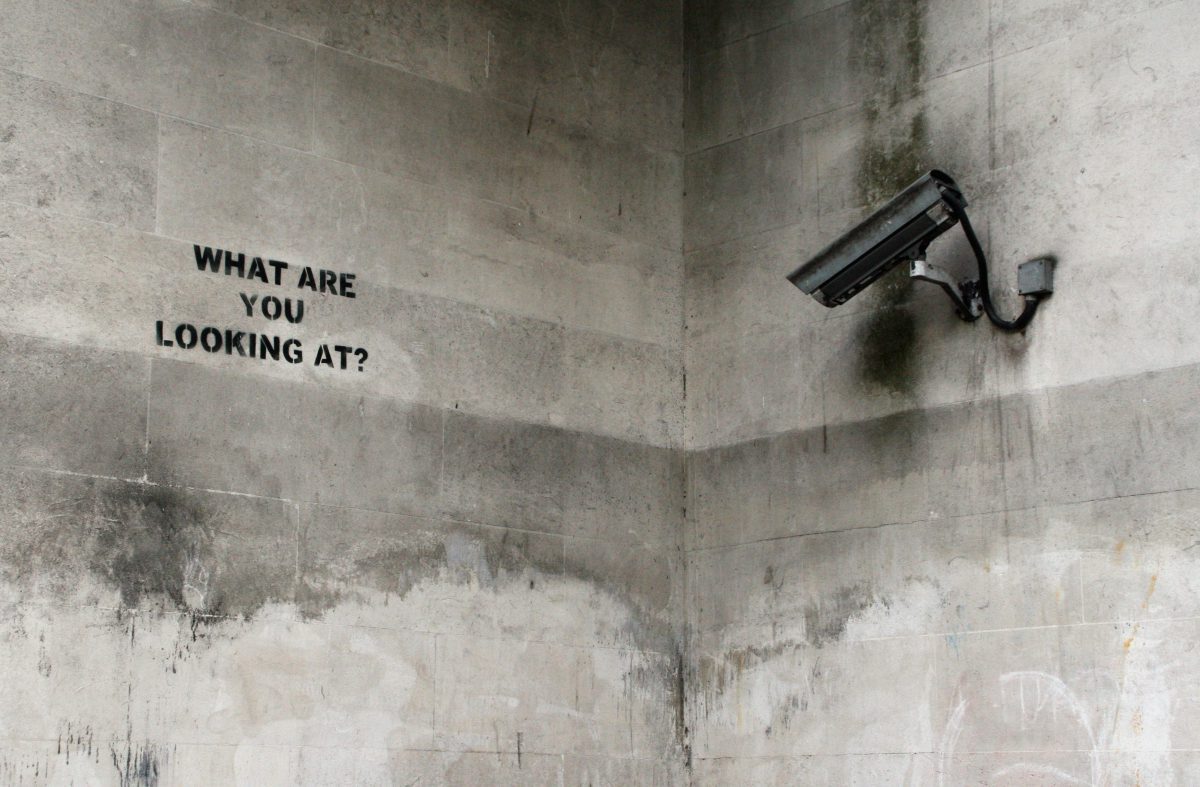
Safe Spaces, Happy Faces: How Employers Benefit When They Prioritise Workplace Security
CCTV was first used in Germany in 1942 during preparations for the launch of the V2 rocket. Wanting a way to safely monitor the launch, an engineer created a crude camera-in-a-box that could feed live images to a monitor located at a safe distance
A typical discussion of the effectiveness of CCTV tends to draw on language derived from dystopian versions of the future, such as George Orwell’s ‘1984’, playing on preconceptions about the use of monitoring systems to control people. The media often concentrates on issues within the public realm such as the control of CCTV cameras, the costs involved in their operation and whether they are a success or a waste of government resource. Given the widespread use of CCTV in both the public and private sectors, and no signs that this will decrease, there is considerable value in asking the question, is CCTV an effective deterrent to crime?
CCTV was first used in Germany in 1942 during preparations for the launch of the V2 rocket. Wanting a way to safely monitor the launch, an engineer created a crude camera-in-a-box that could feed live images to a monitor located at a safe distance. Towards the end of 1944, the Americans utilised similar technology to monitor the test launches of their Atomic programme. In the 1960s the Metropolitan Police introduced two temporary cameras to Trafalgar Square to help monitor crowds during the Thai Royal Family’s visit to London. One year later, London Transport installed permanent cameras to aid with security on their rail network. Cameras were later introduced to other areas of London and Liverpool, but they did not gain much traction due to their expensive setup costs and difficulty to cable. CCTV was primarily government-owned and used for police surveillance in the 1960s, with a small amount of camera introduced to shops and streets when technology improved towards the end of the decade.
CCTV has obvious potential applications for public safety including preventing crime including theft and violence; detecting offences, improving responses to emergencies, assisting in the management of places, reducing public fear of crime, monitoring traffic flows and preventing incidences of violence towards staff e.g. within hospitals. Within the private sector, CCTV can help businesses improve their overall security by preventing theft; aiding compliance with health and safety regulations, preventing employee misconduct, assessing and improving productivity and complying with legal or regulatory obligations.
Good quality statistics for the numbers of CCTV cameras currently in use across the UK are hard to pin down. The use of CCTV within the public sector is covered by the Protection of Freedoms Act (2012) and the Data Protection Act (1998) and managed by the Information Commissioners Office, yet the ICO does not supply statistics regarding usage. In 2013 the British Security Industry Association (BSIA) claimed that there were between 4 million and 5.9 million CCTV cameras in the UK. The BSIA claims this study represents the most comprehensive report on the number of CCTV cameras used in the UK, but as there is no single reliable source of data so no-one will ever truly know the exact figure. A key finding of the research is that the proportion of cameras controlled by local government is around 1 in 70, meaning that current government current regulation only covers a tiny proportion of CCTV systems in use.
Since the 1980’s there have been regular studies undertaken into the overall effectiveness of CCTV in reducing crime. The College of Policing’s report into the “Effects of CCTV on Crime” identified that CCTV has made a notable impact on local and national crime. The systematic review of 41 studies showed that CCTV can offer an effective level of deterrent against planned out crimes, such as trespass and burglary, car theft, car crime and other anti-social behaviours.
CCTV is not generally viewed as useful in preventing violent crimes, because they are often based on impulsive decisions, but the footage has been used successfully for identifying suspects in high-profile cases, such as the Boston Marathon bombing, the London 7 July 2005 attacks and the hunt for the Charlie Hebdo attackers. Using CCTV increases the chance of criminal acts being ‘witnessed’, and provides evidence that can be used to pursue a conviction. Simon Adcock, chairman of the BSIA’s CCTV Section stated, “Effective CCTV schemes are an invaluable source of crime detection and evidence for the Police. For example, in 2009, 95% of Scotland Yard murder cases used CCTV footage as evidence. The public is supportive of CCTV with 62% wanting to see more in their local area and it is important that we retain their trust and confidence.”
Failure to adhere to guidelines around the use of camera surveillance can make your CCTV images inadmissible as evidence in court, therefore a clear understanding of those regulations is essential. The Data Protection Act stipulates that CCTV “signs must be clearly visible and readable, and should include the details of the organisation operating the system if not obvious”; you must inform people that they are being recorded and why. Images must be of high quality and time-stamped. This not only increases the likelihood of identifying who is involved but validates the images as evidence in prosecutions. It can be argued that collecting good quality images acts as a deterrent – would you commit a crime if you knew that your face could be easily identified? What is clear is that CCTV can’t be a deterrent if people aren’t aware they are being monitored or recorded – which leads back to effective signage.
A well-implemented, high quality, compliant CTTV system does not just provide a means for businesses to prevent crime, it allows for the monitoring of activity, provides a means to gather evidence and manage employees, and allows businesses to make good decisions in situations where security has been called into question.

CCTV footage and evidence are increasingly being used to fight insurance fraud; from cash-for-crash to public liability claims. Fake slips, trips and falls are some crimes that have been caught on camera and claims successfully refuted as a result. Fraudulent car insurance claims cost UK insurers a staggering £25m per week, and they are cracking down by using not only dashcam footage but also fixed CCTV cameras. Retails stores particularly are holding footage for longer than normal to combat increasingly sophisticated fraudsters who are waiting longer than 28 days before putting in a claim in the hope the footage will be over-written.
As installers of CCTV surveillance systems, Almas Industries are ready to help you identify security risks within your business. You can arrange your free, no-obligation security survey by calling us on 0333 567 6677. If you prefer, you can always send a confidential email via enquiries@almas-industries.com.
*Ironically, in late 2017 a memorial to Orwell was erected outside BBC Broadcasting House, right in front of several CCTV cameras……we can only wonder what Orwell would have made of that!


